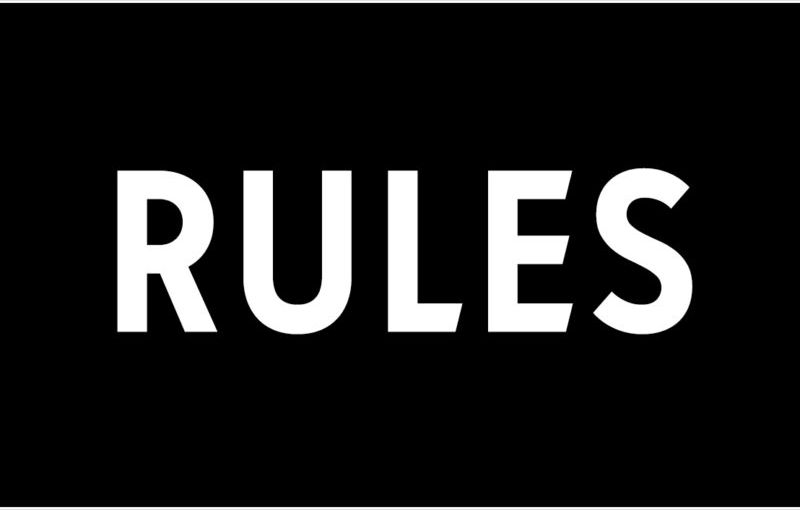
2021
RULE CHANGES THAT CHANGED EVERYTHING
The when, why and how some of history’s most significant rule changes became part of the fabric of the sports we officiate.
Officiating standards and practices have changed considerably over the course of time. So have the rules all of us are expected to know and enforce. The evolution of the rules parallels the evolution of a sport itself. With that thought in mind, here are some of the most significant rule changes in sports history.
Baseball
Baseball is a sport steeped in tradition. In the 19th century, new rules were continually being added and existing ones modified. Since 1903, however, the year of the first World Series, the game has been played pretty much as we know it today.
The most significant alteration to the playing rules since then is the provision allowing for the use of a designated hitter (DH). The DH was officially introduced in the AL in 1973. But the idea of having a hitter bat in the pitcher’s place in the lineup was not a new one; it was first suggested in the early 1900s by Connie Mack, among others.
Today the DH is used throughout professional baseball, with the exception of the NL. A vote in 1980 to adopt the DH in the NL failed. The DH is also a fixture in interleague and World Series games played in AL ballparks and has been in place in the Pacific League in Japan since 1975.
The NCAA and the NFHS each have their own versions of the DH rule. It was incorporated into college baseball for the 1974 season after the Big Ten and Western Athletic conferences experimented with it the year before.
Dick Siebert, the secretary‑editor of the NCAA College Baseball Rules Committee at the time, noted, “The designated hitter rule for college will be essentially the same as used in the AL.”
But the college rule also provided that the same player could serve as the pitcher and the designated hitter simultaneously, which has proven to be no small matter in the years since.
In the NFHS rule, added in 1976, the DH is permitted to hit in place of any of the starters, regardless of their position.
Other rule changes may not have been as obvious to the casual fan but have had an impact nonetheless. In the late 1960s, concerns arose that pitching had become too much of a factor in the game. Those concerns increased after a 1968 season that saw just six players in all of MLB hit better than .300. In 1969, the height of the mound was lowered from 15 to 10 inches.
On Aug. 16, 1920, Cleveland shortstop Ray Chapman was struck in the head by a pitch thrown by Yankee pitcher Carl Mays. Chapman died some 12 hours later in a hospital. As a result, the spitball was banned (save for a list of 17 pitchers who had used it to that point and were authorized to continue to use it). Also, umpires were instructed to remove a ball from play once it became discolored.
LINK: Here is a chronological list of baseball rule changes through time.
Soccer
The modern version of soccer dates back to 1863, when the group now known in England simply as the Football Association codified a set of rules that distinguished “association football” from rugby, its first cousin. The latter permitted running with the ball while soccer banned handling the ball, except by goalkeepers.
The Laws that govern soccer have changed relatively little through the years, compared to other sports. But the changes that have occurred have been quite significant.
The penalty kick was introduced in 1891. It marked the first time a goal could be scored directly from a free kick. Previously all other free kicks were indirect. The penalty area as we know it today became a reality in 1902.
The offside Law has also been modified several times. Under the original code, any attacking player positioned ahead of the ball was deemed to be offside. In 1866, the Law was modified to allow an attacking player to be onside as long as there were three defensive players between the attacker and the goal. A 1925 revision required just two defensive players between the attacker and the goal. The most recent version of the Law, which took effect in 1990, allows the attacker to be even with the second‑to‑last defender without being considered in an offside position.
But perhaps the most significant rule change in the sport’s long history was adopted in 1998, when FIFA decided to crack down on what would politely be termed aggressive defensive play inside the penalty area. A change in the Laws of the Game decreed that a player committing a foul that deprived an opponent of an obvious goal‑scoring opportunity be sent off with a red card.
LINK: IFAB – History of the Laws of the Game












